We all know that gasoline is the fuel that provides power in our cars’ engines. But along the way to the combustion chamber, that gasoline provides the additional benefit of serving as a solvent that cleans the intake port and intake valve.
At least, it used to on carbureted and port fuel injected engines. But modern, fuel-sipping engines employ direct fuel injection that shoots the gasoline straight into the combustion chamber rather than spraying it into the intake port.
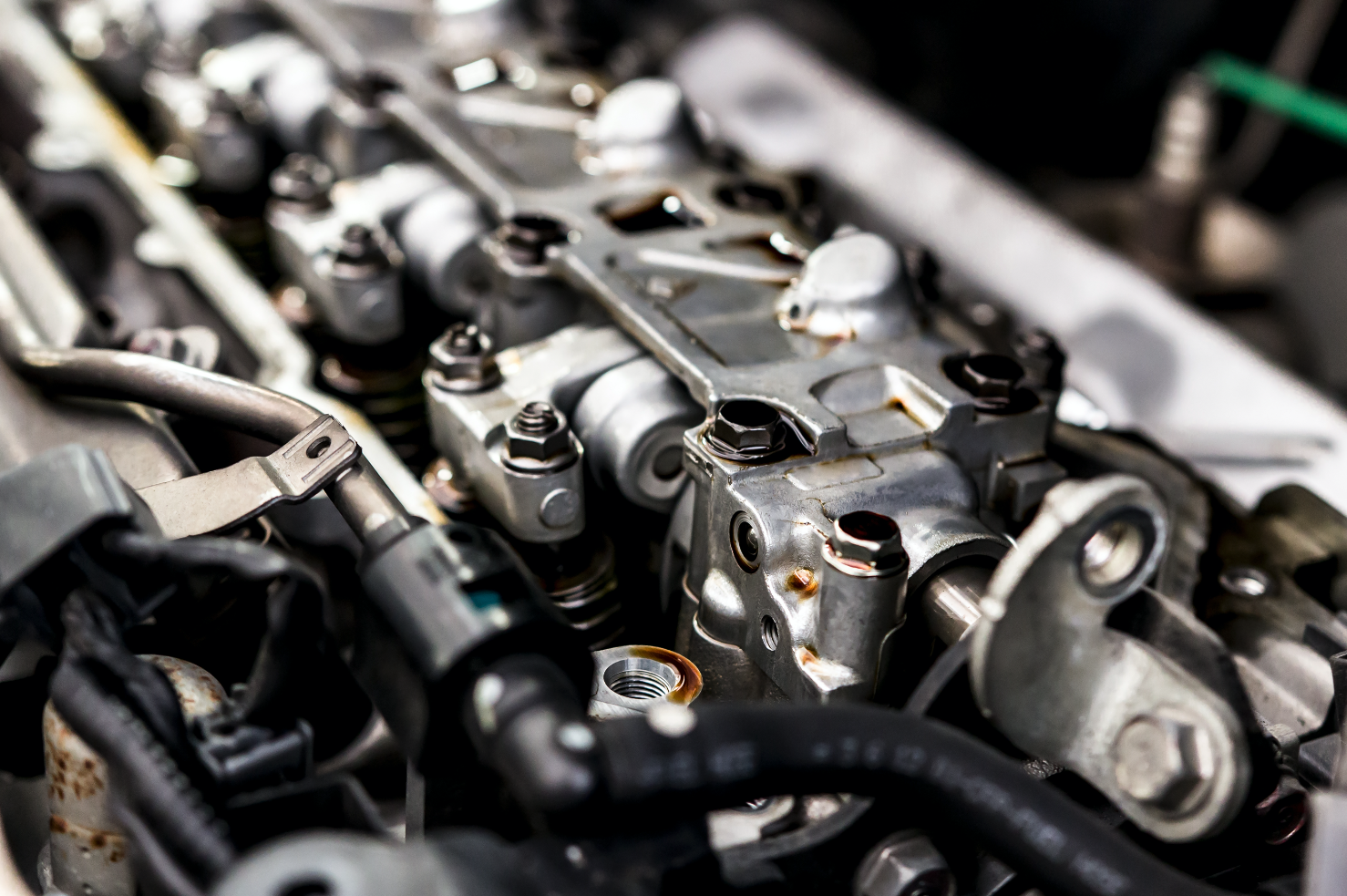
There are good reasons for doing it this way. Gasoline direct injection lets engine designers account for practically every molecule of gasoline going into the engine so they can extract the most energy and produce the least possible pollution.
These are worthwhile achievements, but it also means that none of those molecules are touching the intake valves on their way to incineration in the combustion chamber. Intake valves have seals on them that keep oil lubricating where they meet the camshaft or rocker arms that press the valves open from running down their stem and dripping into the intake port.
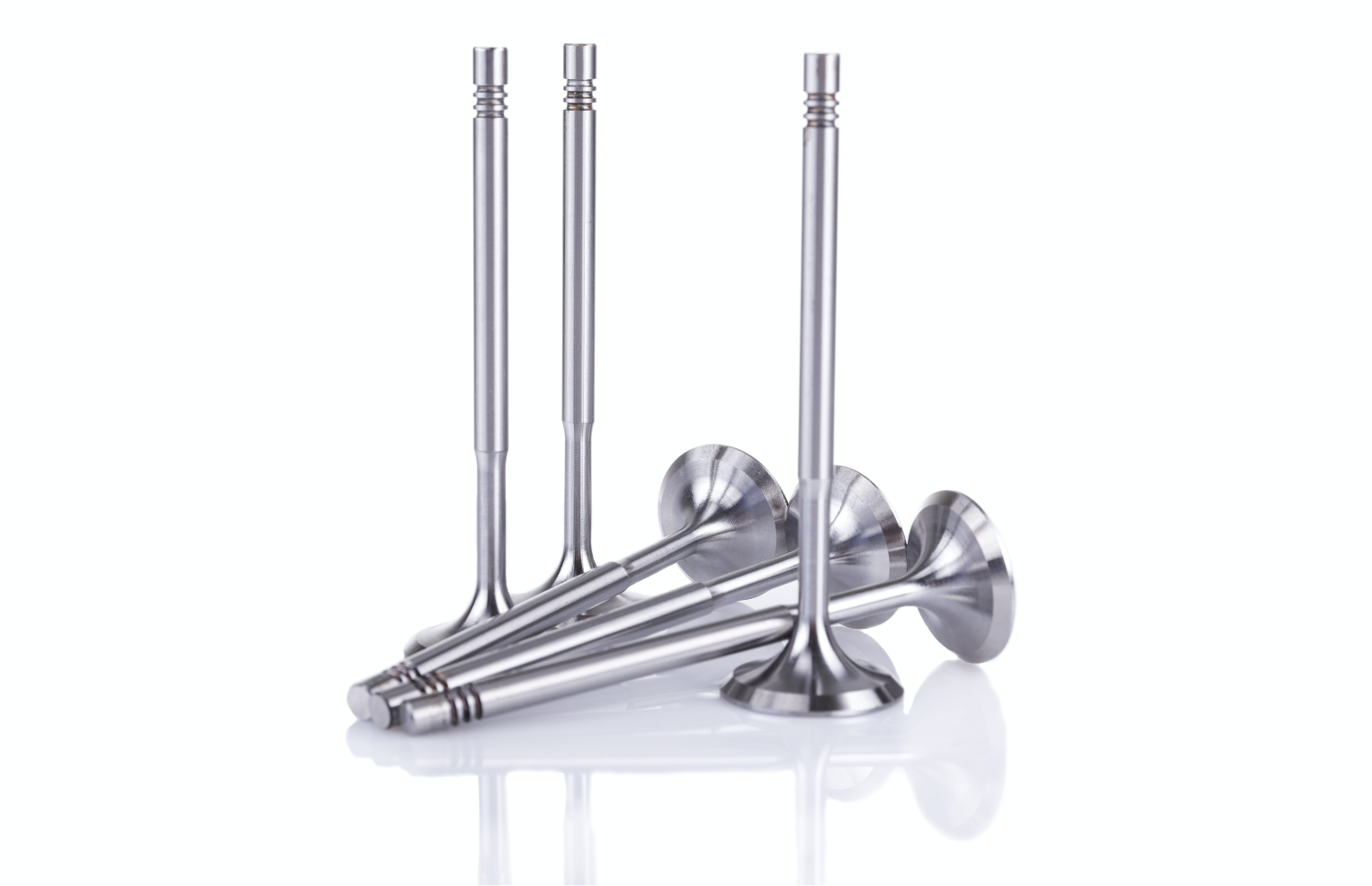
However, no matter how good they may be, a tiny bit of oil still makes its way past and runs onto those intake valve stems. Valvoline engineer Michael Warholic reports that Valvoline regularly inspects the insides of engines with a borescope, and what they are finding is disconcerting, “It's likely you'll see a small amount of oil running down the sides of the valve,” he said. Without gasoline washing them clean, that oil can bake onto the valve and accumulate into carbon buildup.
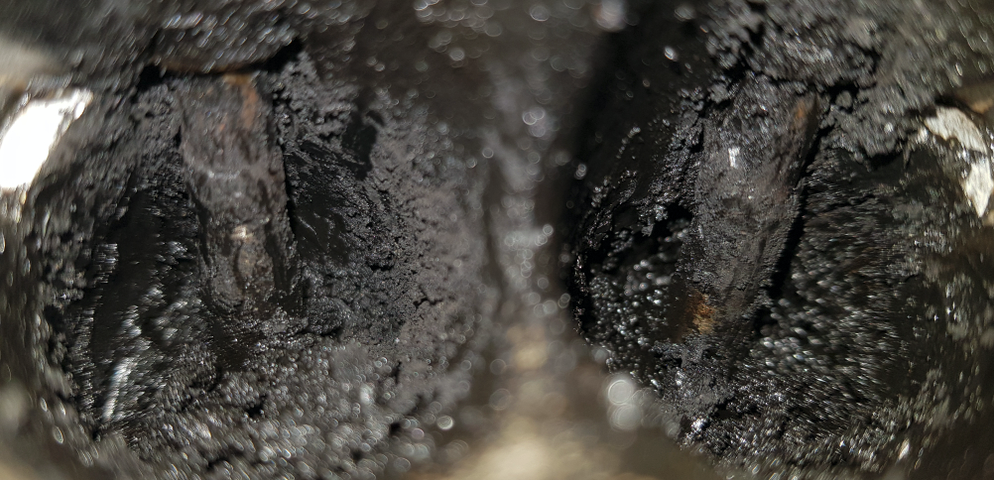
Naturally, oil isn’t partial to just the intake valves. It also runs down the exhaust valves but in small amounts. The heat of the exhaust gases exiting the combustion chamber burns the exhaust valves clean.
However, on the cooler intake valve side, carbon can build up so much that it interferes with airflow through the intake port or even enough to prevent the intake valve from sealing properly when it closes.
Direct injection is a fairly new technology and there are variations among car manufacturers in the design of their versions of these modern engines. According to Warholic, “Some vehicles are more prone to intake valve carbon buildup than others.”
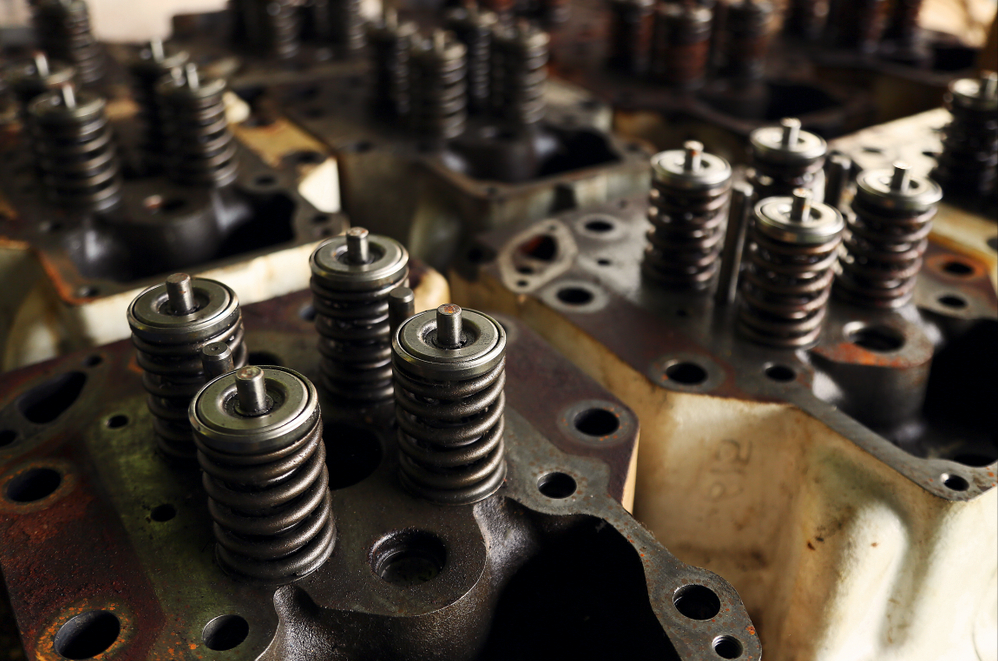
“These deposits can form quickly, within 20,000 to 25,000 miles and can cause issues related to fuel economy and performance because the intake valve can’t close properly,” he said.
Also, chunks of those deposits can break off and fall into the cylinder where they can jam the piston rings. This can lead the engine to burn oil that sneaks past these obstructed rings. Because most modern cars use very little oil, drivers are no longer in the habit of regularly checking engine oil levels. Warholic warned that an engine with jammed piston rings could deplete its oil supply before its next oil change, causing engine failure.
“We want to make people aware of the problem,” he said. “It is not something they should take lightly because it could lead to catastrophic failure.”
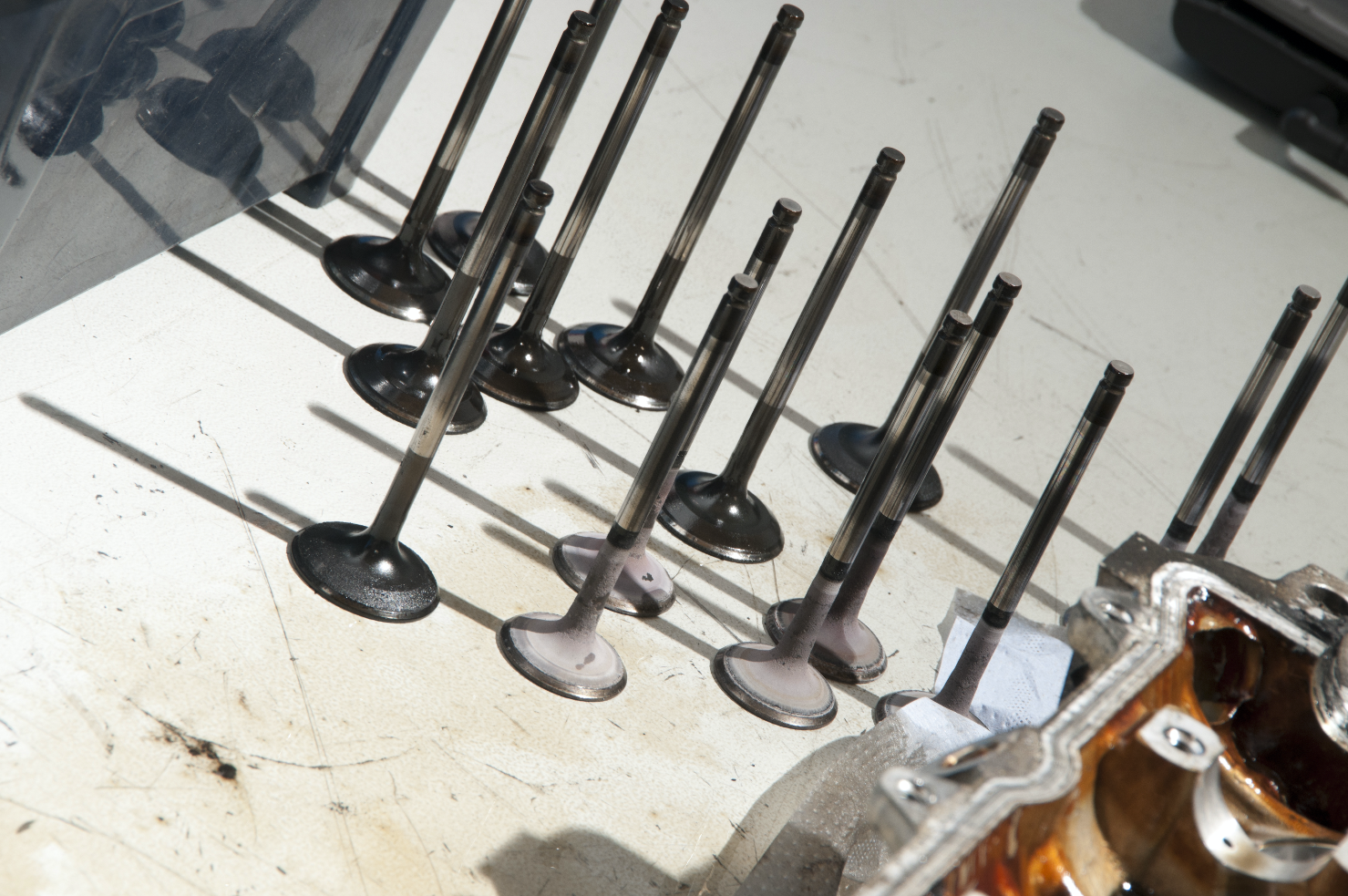
These problems arise even on relatively low-mileage engines whose valve seals are in good working order. It is simply the nature of direct-injection engines that can’t keep intake valves as clean as older port-injected engines once did.
Some gasoline companies and car manufacturers point to the use of high-quality gasoline with good detergents to help prevent carbon deposits. While gasoline can keep fuel injection systems clean, there is not much it can do about carbon buildup. The gas never touches the intake valves because it gets injected into the combustion chamber downstream of the intake valve.
“Cleaning injectors, that’s good,” said Warholic of the cleansing gasoline. “But it is nowhere near the intake valve, so it is addressing a problem but not the intake valve problem.”
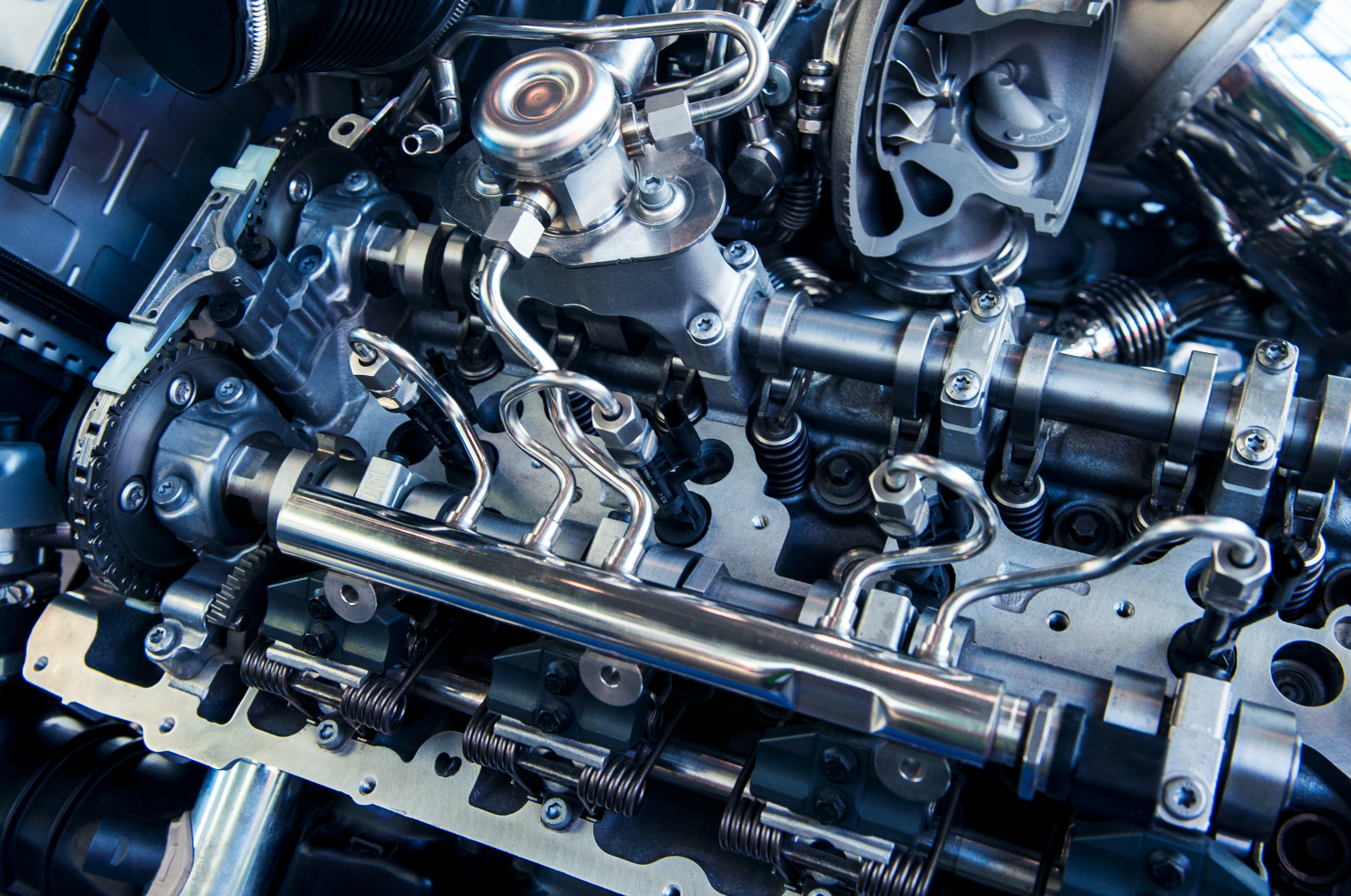
What will help with these issues is Vavoline’s Modern Engine Full Synthetic, which is specifically formulated with additives to reduce carbon buildup more than other oils. “It is hot there, so that oil has to be able to withstand oxidation, thermal breakdown, and degradation or that oil can form deposits over time,” Warholic explained.
That’s exactly what Valvoline Modern Engine does that other high-quality oils, even synthetics, don’t. Valvoline Modern Engine is an oil that is specifically designed to address a problem and take measures to solve, while others remain seemingly fixated on the ineffective notion of cleaning by the use of special fuel. Warholic believes, “Modern Engine is only one designed for this.”
As carmakers get a better grip on direct injection technology for upcoming models, this problem may diminish in the future. Ford, for example, has gone from direct injection only on its EcoBoost engines to dual systems of both port and direct injection.

The company says that the dual system provides power, efficiency, and drivability gains. However, it will also have the added benefit of shooting gasoline into the intake ports when the engine is running in port injection mode, which should solve the problem of oil baking onto the valve stems.
For those of us who have cars that may already have carbon buildup on the intake valves, Valvoline Instant Oil Change locations can inspect to see if that’s the case. If so, they can perform an EasyGDI service to clean those valves and remove any buildup that may have accumulated over time.
EasyGDI employs a proprietary chemical mixture that the technician runs through the engine to clean the valves. “It is not something you just pour into your gas tank,” said Warholic. But it is a quick and simple service that avoids costly engine teardowns for repairs.
Switching to Valvoline Modern Engine Full Synthetic can help to prevent recurring problems with carbon buildup in the future.
- The content above was submitted by a guest contributor and is for informational purposes only. The views and opinions expressed in this content are those of the guest contributor and do not reflect the views and opinions of Valvoline LLC.
 Dan Carney
Dan Carney